Disclosure: This article contains affiliate links. We may earn a commission from purchases at no extra cost to you, which helps our travel content.
The monitor's alarm echoed through the ambulance bay as I finished my shift in Philadelphia last month, reminding me of Chicago's heartbeat—steady, resilient, multicultural. As someone who's spent years navigating emergency rooms across North America, I've learned that a city's pulse is best felt in its neighborhoods, not its tourist traps. Chicago exemplifies this perfectly. While most visitors flock to the Bean and deep-dish pizzerias (which, don't get me wrong, deserve their acclaim), the city's true essence lives in its cultural enclaves where generations of immigrants have created sacred spaces of community and healing. This fall marks my third visit to the Windy City, and I'm sharing a 7-day journey through neighborhoods where food, tradition, and wellness intersect—places where the geometric patterns of urban planning reveal pockets of cultural preservation as beautiful as any ancient sacred site. Pack comfortable shoes and an open heart; we're going beyond the tourist map to discover the Chicago that nourishes body and spirit.
Day 1: Pilsen - Mexican Heritage and Artistic Renaissance
My first full day in Chicago always starts in Pilsen, where the air carries both the scent of simmering carnitas and fresh paint from vibrant murals. This neighborhood embodies what I've observed in emergency medicine—how communities create healing spaces through cultural expression and food traditions.
Begin at the National Museum of Mexican Art, where admission is free (a rarity in major cities). During my last visit, I stood transfixed before a Day of the Dead exhibition that reminded me of how differently cultures approach mortality and remembrance—something that resonates deeply after years of EMT work. The geometric patterns in traditional Aztec art here echo the sacred geometry I've studied in healing traditions across cultures.
For lunch, skip the food trucks (I'll guide you to those later) and head to Carnitas Uruapan on 18th Street. The slow-cooked pork here rivals anything I've tasted in central Mexico, served simply with handmade tortillas. The owner once showed me how they use every part of the animal—a sustainable practice my Mi'kmaq grandmother would have appreciated.
Spend your afternoon wandering the neighborhood's street art corridor, where murals tell stories of migration, resistance, and celebration. The vibrant colors used by local artists contain healing properties that aren't just metaphorical—studies show that art engagement reduces cortisol levels and promotes neurological recovery, something I've seen firsthand with patients in long-term care.
End your day at Thalia Hall, a restored 1892 performance venue with perfect acoustics. Before a show, grab dinner at Dusek's Board & Beer downstairs, where the seasonal menu honors both Czech building origins and current Mexican-American neighborhood influences.
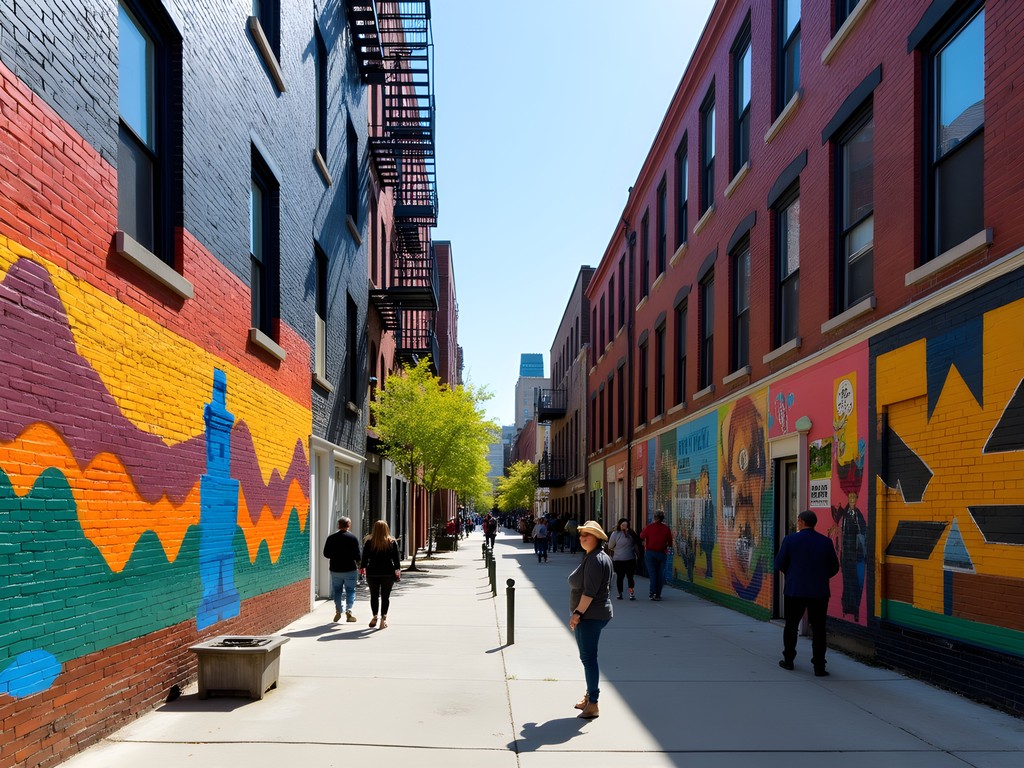
💡 Pro Tips
- Visit the National Museum of Mexican Art on a weekday morning to avoid crowds
- Bring cash for small taquerias and street vendors in Pilsen
- Download the Pilsen Mural Map app to find hidden artistic gems
Day 2: Devon Avenue - The World in One Street
On my second day, I always recommend heading north to Devon Avenue, where Chicago's cultural geometry takes a fascinating turn. Within a few blocks, you'll cross from India to Pakistan to Orthodox Jewish communities—a global journey without leaving the city limits.
Start your morning at Tahoora Sweets & Bakery for traditional South Asian breakfast. Their chana bhatura (spiced chickpeas with fried bread) provides the perfect protein-carb balance for a day of walking—something my EMT training has taught me to prioritize during active travel days.
The street itself is a lesson in cultural coexistence. Notice how the same building might house a sari shop at street level and an Islamic bookstore above it. This neighborhood demonstrates what I call 'adaptive sacred spaces'—where communities transform ordinary urban landscapes into places of cultural significance.
For lunch, I recommend Sabri Nihari, where the slow-cooked stews remind me of traditional healing foods my grandmother made—dishes designed to restore strength during illness. The restaurant's owner once shared that his recipes haven't changed in three generations, a testament to food preservation as cultural heritage.
Spend your afternoon exploring the numerous grocery stores and spice markets. I always bring my travel spice kit to collect unique blends that aren't available elsewhere. Many of these spices—turmeric, fenugreek, cardamom—have documented anti-inflammatory properties that complement Western medicine beautifully.
Before leaving Devon Avenue, stop at Patel Brothers grocery store to stock up on snacks for your hotel room. Their selection of preserved fruits and savory mixes will keep you energized throughout your week of exploration.

💡 Pro Tips
- Visit Devon Avenue on a weekday to avoid weekend crowds
- Bring cash as some smaller businesses don't accept cards
- Ask shopkeepers about their products—many are happy to share cultural context and usage tips
Day 3: Chinatown and Bridgeport - Ancient Healing and Modern Fusion
Chicago's Chinatown offers more than dim sum and souvenir shops—it's a living repository of traditional Chinese medicine and wellness practices that align remarkably with what I've learned about holistic patient care.
Begin your morning with tai chi in Ping Tom Memorial Park along the Chicago River. During my last visit, I joined a group of seniors practicing by the water at dawn—a reminder that preventative health doesn't require expensive equipment or memberships. The geometric patterns of movement in tai chi mirror sacred geometry found across healing traditions.
For breakfast, skip the tourist spots and head to Chiu Quon Bakery for egg tarts and buns filled with lotus seed paste—a traditional ingredient used in Chinese medicine to support kidney function. The owner once explained how many of their recipes incorporate ingredients valued for their medicinal properties.
Take time to visit Aroma Workshop on Wentworth Avenue, where traditional herbalists can recommend teas and remedies based on your constitution. I keep my insulated travel mug handy for these visits—it keeps medicinal teas at the perfect temperature while exploring.
For lunch, cross over to nearby Bridgeport, once an Irish-American stronghold now experiencing a creative renaissance. Pleasant House Pub serves British-inspired savory pies with ingredients sourced from urban farms. The contrast between traditional Chinatown and evolving Bridgeport demonstrates Chicago's constant cultural adaptation.
Spend your afternoon exploring the Chicago Chinese Cultural Institute, where calligraphy classes reveal the meditative aspects of this ancient art form. As an EMT, I've seen how mindfulness practices like these help reduce anxiety and improve focus—skills valuable in both emergency medicine and travel.
End your day with dinner at Qing Xiang Yuan Dumplings, where the hand-folded dumplings are small works of art. Each geometric fold serves both function and beauty—another example of sacred geometry in everyday cultural practices.

💡 Pro Tips
- Visit Chinatown on a weekday to avoid weekend crowds
- Bring cash for small shops and traditional medicine stores
- Ask about seasonal specialties in restaurants—many traditional Chinese dishes are designed for specific seasons
Day 4: Bronzeville - The Black Metropolis and Cultural Renaissance
Bronzeville demands a full day of exploration—this historic neighborhood was the heart of Chicago's Black Metropolis during the Great Migration and continues to be a center of cultural preservation and healing through art.
Start at the Monument to the Great Northern Migration on King Drive, a bronze sculpture depicting a traveler with suitcase in hand. Standing before it last fall, I was struck by how migration stories share common elements across cultures—including my own Mi'kmaq ancestors who navigated changing landscapes and preserved traditions despite displacement.
For breakfast, head to Peach's Restaurant, where southern comfort food meets modern nutrition. Their sweet potato pancakes with turkey sausage provide sustained energy—something I recommend to patients recovering from trauma who need nourishment that doesn't cause blood sugar spikes.
Spend your morning at the Bronzeville Community Garden, where residents grow traditional healing plants alongside vegetables. The garden coordinator explained how growing food connects urban dwellers to ancestral knowledge—something I've observed in indigenous communities across North America.
For lunch, visit Pearl's Place for classic soul food prepared with attention to both flavor and health. The restaurant's walls display photographs documenting neighborhood history—visual storytelling that preserves community memory.
In the afternoon, tour the Bronzeville Artist Lofts, where contemporary Black artists create works that address healing, history, and future visions. Many studios incorporate geometric patterns reminiscent of African textile traditions—another example of how sacred geometry appears across cultures as a healing modality.
Before dinner, I recommend capturing the neighborhood's historic architecture with a quality camera. My travel camera has been perfect for documenting these architectural details while remaining unobtrusive in residential areas.
End your day at Bronzeville Winery, where the wine list highlights Black vintners and the menu features modern interpretations of traditional recipes. The space itself is designed with principles of sacred geometry—something the owner mentioned was intentional for creating a harmonious gathering space.
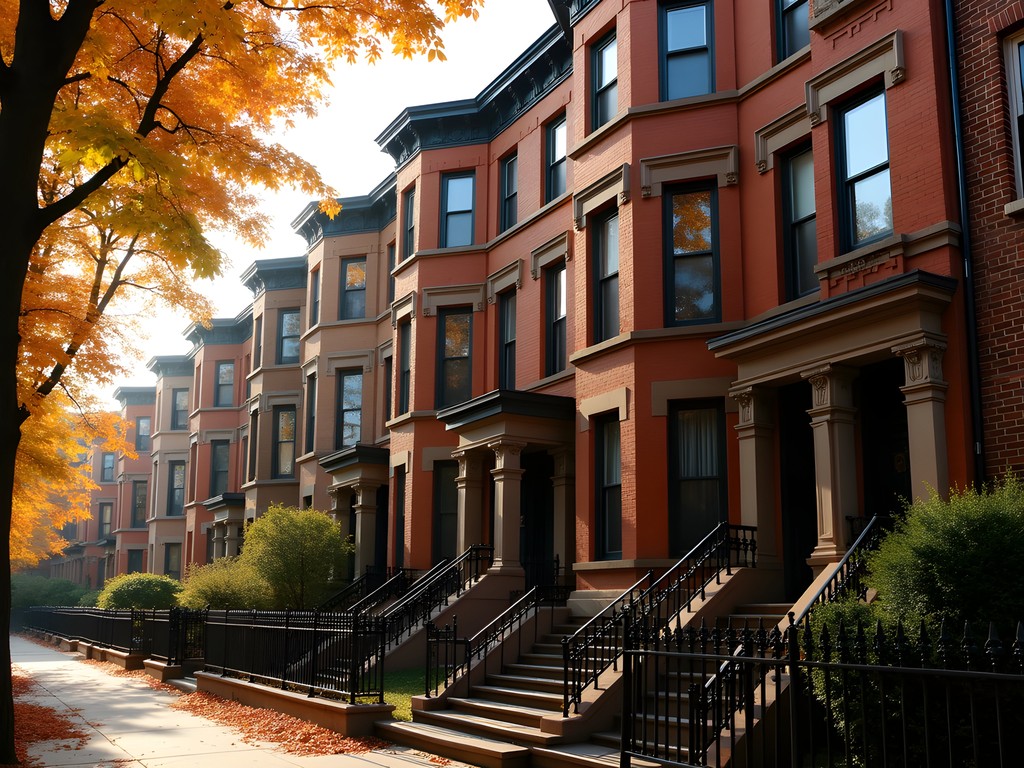
💡 Pro Tips
- Support Black-owned businesses throughout your visit to honor the neighborhood's entrepreneurial history
- Check the Bronzeville Cultural Center's calendar for special events and exhibitions
- Wear comfortable shoes—this neighborhood rewards those who explore on foot
Day 5: Andersonville - Swedish Heritage and LGBTQ+ Community
Andersonville offers a fascinating study in cultural evolution—a neighborhood that began as a Swedish enclave and has transformed into one of Chicago's most prominent LGBTQ+ communities while preserving its Scandinavian roots.
Begin your day at Lost Larson, a bakery honoring Swedish traditions with modern sensibility. Their cardamom buns contain a spice that's used medicinally across cultures—in my EMT kit, I keep cardamom essential oil for patients experiencing nausea during transport.
Spend your morning at the Swedish American Museum, where exhibits document the immigrant experience and cultural preservation efforts. The geometric patterns in traditional Swedish textiles and woodwork demonstrate how sacred geometry appears across seemingly disparate cultures—something I've documented throughout my travels.
For lunch, I recommend Big Jones, where Southern cuisine is prepared with historical research and respect for ingredient origins. Chef Paul Fehribach's approach to culinary preservation mirrors indigenous food sovereignty movements I've encountered in my work with traditional communities.
In the afternoon, explore Women & Children First, one of the country's oldest feminist bookstores. Their wellness section contains valuable resources on traditional healing practices—I found a rare volume on Mi'kmaq plant medicine here during my last visit that expanded my understanding of my own heritage.
Andersonville's geometric layout invites walking meditation—notice how the commercial district forms a central corridor with residential streets radiating outward like a sacred mandala. This urban planning creates natural community gathering spaces at intersections.
Before dinner, stop at Foursided for locally made gifts and cards. I always bring my travel journal when browsing here, noting design elements and color palettes that promote calm and clarity—environmental factors that affect healing.
End your day at Hopleaf, where Belgian beer traditions meet midwestern hospitality. Their mussels steamed in witbier with herbs demonstrate how fermentation and botanical knowledge cross cultural boundaries—preservation techniques that have ensured survival across human history.

💡 Pro Tips
- Visit the Swedish American Museum on the third Sunday for free admission
- Check the neighborhood calendar for seasonal festivals celebrating Swedish traditions
- Explore the side streets for beautiful examples of Chicago greystones and gardens
Day 6: Albany Park - Global Food Traditions and Healing Practices
Albany Park represents Chicago's newest layer of cultural diversity—home to over 40 different language groups and countless food traditions that carry medicinal wisdom from across the globe.
Start your morning at Jaafer Sweets for Middle Eastern breakfast pastries and strong coffee. The sesame seeds coating their ka'ak bread rings contain calcium and minerals that support bone health—something I discuss with patients recovering from injuries.
Spend your morning exploring the Albany Park Community Center, where new immigrants receive support while preserving cultural practices. Their urban garden project incorporates traditional growing methods from multiple continents—another example of how indigenous knowledge survives in urban settings.
For lunch, follow my food truck strategy: look for the longest line of local workers. During my last visit, this led me to Taqueria San Juanito, a truck serving regional Mexican specialties including huitlacoche (corn fungus) quesadillas—a traditional ingredient with immune-supporting properties.
In the afternoon, visit the Cambodian Association of Illinois, where traditional healing arts are preserved alongside language classes. The geometric patterns in their textile displays show remarkable similarity to Mi'kmaq designs—evidence of how certain mathematical principles appear independently across human cultures.
Before dinner, explore the spice shops along Kedzie Avenue with a focus on medicinal herbs. I recommend bringing a reusable shopping bag to collect culinary treasures—many shopkeepers offer samples and usage advice if you express genuine interest.
End your day at Noon O Kabab for Persian cuisine that exemplifies the medicinal use of herbs in everyday cooking. Their fesenjan stew combines pomegranate and walnuts—both ingredients with documented cardiovascular benefits. The restaurant's owner once explained how Persian cooking philosophy balances ingredients to promote health, a concept parallel to many indigenous food traditions.
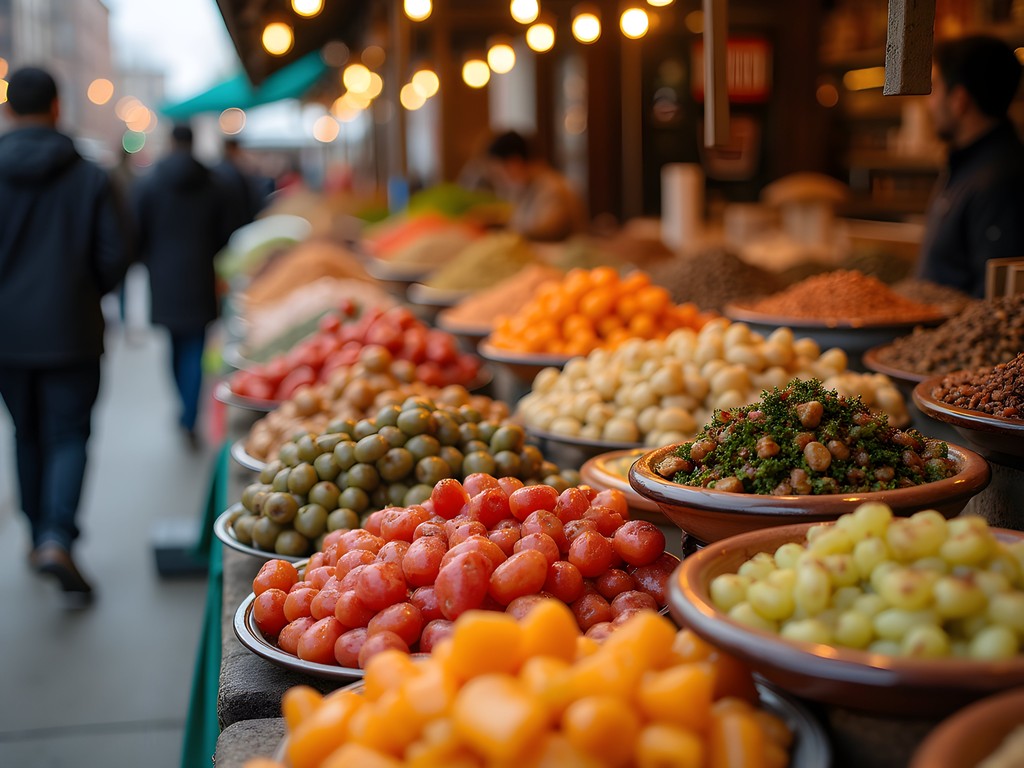
💡 Pro Tips
- Visit Albany Park on weekdays when local businesses cater to residents rather than weekend visitors
- Bring small bills for food trucks and small shops
- Learn a few greeting words in Korean, Arabic, and Spanish—the effort is always appreciated
Day 7: Pullman and Food Truck Finale
For your final day, I recommend exploring Pullman—a historic planned industrial community that demonstrates how urban design influences community wellness, followed by my signature food truck tour connecting Chicago's emergency departments.
Start at the Pullman National Monument Visitor Center to understand how this company town's geometric layout was designed to promote worker productivity and health—an early experiment in wellness-focused urban planning. The grid system here exemplifies sacred geometry principles applied to industrial design.
For breakfast, visit Cal Harbor Restaurant, where railroad workers have fueled up for decades. Their protein-heavy breakfast skillets provide sustained energy—something I recommend to fellow EMTs preparing for long shifts.
Spend your morning exploring the historic Pullman Factory and worker housing, noting how green spaces were integrated into the industrial landscape—an early recognition of nature's healing properties in urban environments.
For lunch, begin my Emergency Department Food Truck Tour—a tradition I started during my first Chicago visit. Begin at the University of Chicago Medical Center, where Piko's Street Kitchen parks on weekdays. Their Filipino-Mexican fusion reflects Chicago's evolving cultural landscape.
Next, head to Northwestern Memorial Hospital, where The Fat Shallot serves sandwiches incorporating anti-inflammatory ingredients like turmeric aioli and fermented vegetables—foods that support healing from within.
Continue to Stroger Hospital to find The Happy Lobster truck, where omega-rich seafood is served simply—brain-supporting nutrients in portable form.
End your food truck journey at Illinois Masonic Medical Center, where Chicago Lunchbox serves Vietnamese-American fusion. Their bone broth base contains minerals that support immune function—something hospital workers recognize as valuable during long shifts.
Return to downtown for your final evening, reflecting on how Chicago's neighborhoods demonstrate cultural preservation through food, art, and community spaces—each creating healing environments in unique ways.
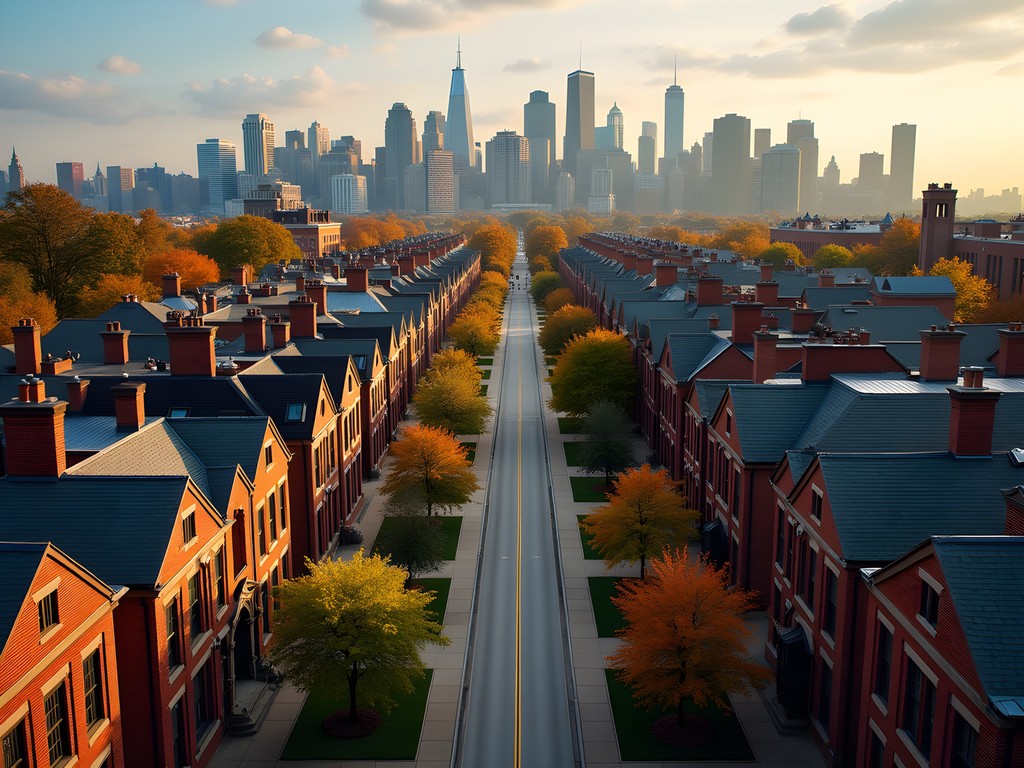
💡 Pro Tips
- Check food truck schedules online as they change seasonally
- Visit Pullman early in the day as the historic area has limited opening hours
- Bring a reusable water bottle and utensils to reduce waste during your food truck tour
Final Thoughts
As I board my flight back to Philadelphia, my notebook filled with observations about Chicago's cultural preservation through food and community spaces, I'm reminded why I travel this way. Each neighborhood we've explored represents a different approach to creating healing environments—from Pilsen's vibrant art therapy to Chinatown's traditional medicine to Bronzeville's community gardens. These spaces aren't tourist attractions but living repositories of wisdom about how humans support wellness through cultural practices. Whether you're drawn to the geometric precision of Pullman's planned community or the organic evolution of Albany Park's global village, Chicago's neighborhoods offer lessons in resilience and adaptation. I encourage you to approach your visit with both curiosity and respect—these are not museum pieces but living communities where cultural preservation happens daily through ordinary acts of cooking, gathering, and creating. The city's true pulse isn't found at the observation deck of Willis Tower but in the rhythm of neighborhood life where healing happens through connection.
✨ Key Takeaways
- Chicago's neighborhoods offer deeper cultural experiences than downtown tourist attractions
- Food traditions across Chicago's communities contain medicinal wisdom worth exploring
- Cultural preservation happens through everyday practices in living communities, not just in museums
- Sacred geometry appears across diverse cultural expressions throughout Chicago's neighborhoods
📋 Practical Information
Best Time to Visit
September-October for mild weather and neighborhood festivals
Budget Estimate
$150-200 per day including accommodations, food, and transportation
Recommended Duration
7 days minimum to explore neighborhoods beyond downtown
Difficulty Level
Moderate - Requires Comfortable Walking Shoes And Public Transit Navigation
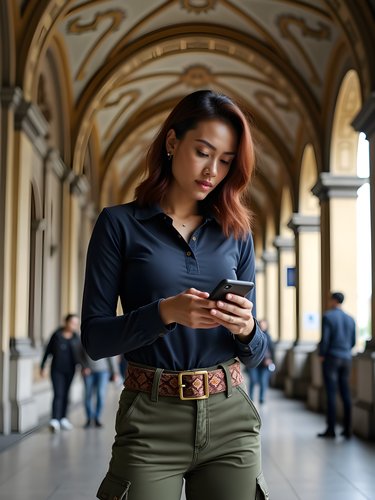
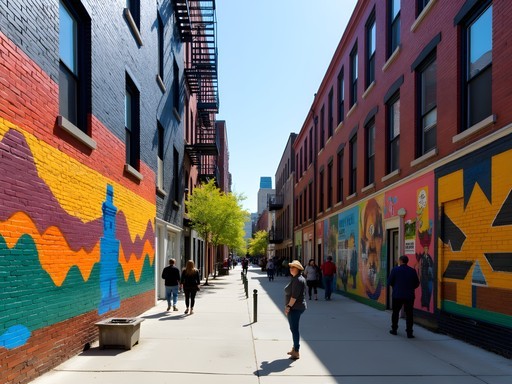
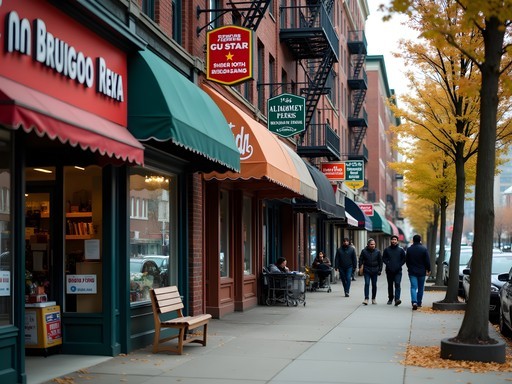
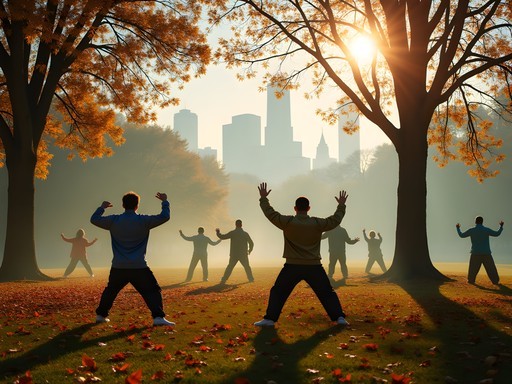
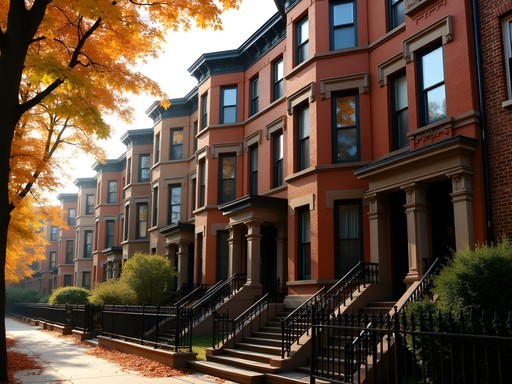





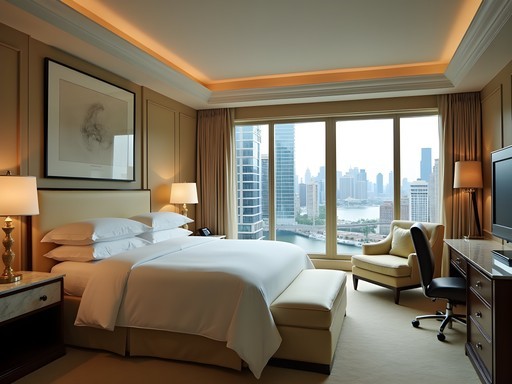

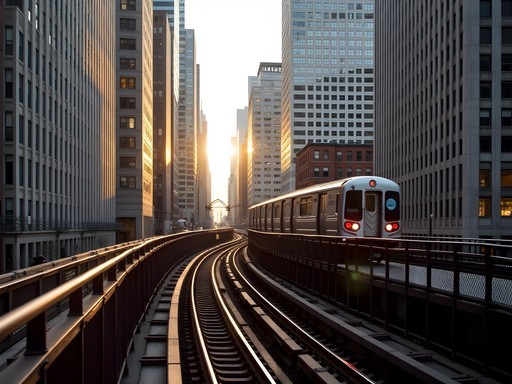


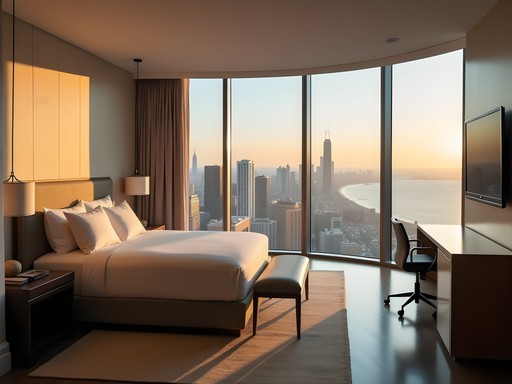
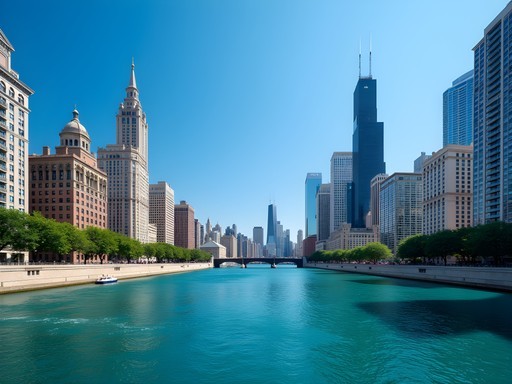
Comments
happylegend
We followed almost this exact route last summer! Bronzeville was such a surprise highlight - the Harold Washington Cultural Center had an amazing jazz performance when we visited. One tip for anyone going: the Green Line train makes getting between the South Side neighborhoods super easy. Also, that Polish bakery you mentioned in Avondale? We went three times in one week! Those pączki are life-changing.
photonomad
Beautiful photos! What camera settings did you use for those night shots in Chinatown? The lanterns look amazing!
Sage Dixon
Thanks! Just used my phone actually - Pixel 7 Pro in night mode. Those lanterns are incredibly photogenic no matter what you shoot with!
Frank Garcia
Really appreciate how this itinerary breaks down Chicago beyond the typical tourist spots. I spent 3 weeks there last summer analyzing the economic impact of cultural neighborhoods on tourism, and Pilsen particularly stands out as a model for cultural preservation amid gentrification pressures. The economic balance is fascinating - local businesses maintaining authenticity while accommodating tourism. One note: public transit connections between some of these neighborhoods can be time-consuming. I found using the transit app essential for planning efficient routes, especially when connecting from Bronzeville to Devon Avenue. Great breakdown of the neighborhoods though - this matches my research findings on cultural sustainability.
winterexplorer
Is Devon Avenue walkable or did you need to take transit between stops? Planning to visit in November!
happylegend
Not the author but I was there in June - Devon Ave is totally walkable! It's a straight shot with all the shops and restaurants right along the main drag. We spent like 4 hours just wandering and eating.
winterexplorer
Perfect, thanks for the info! Any specific restaurants you'd recommend?
happylegend
Sabri Nihari for Pakistani food - get the butter chicken! And Sukhadia's for sweets afterward!
vacationmood
Just got back from Chicago last week and this post is spot on! Pilsen was my favorite neighborhood - the murals are incredible and I had the best tacos at this tiny place called Don Pepe. Wish I'd seen this before going though, I totally missed Bronzeville and now I'm kicking myself. The architecture there looks amazing from your photos!
Sage Dixon
Thanks! Pilsen really is special. Don Pepe is a hidden gem! Bronzeville is definitely worth a return trip - the history there is so rich.
vacationmood
Definitely adding it to the list for next time! We're already planning to go back in spring.
globequeen
This is exactly what I needed for my trip next month! I'm staying 5 days instead of 7 though - which neighborhoods would you say are absolute must-sees if I have to cut a couple out?
Hunter Thompson
Not the author but I'd say don't miss Pilsen and Devon Avenue - they give you completely different cultural experiences! The contrast between Mexican artistic heritage and South Asian food scene is just *chef's kiss*. I used my pocket guide to plan my neighborhood hopping and it was super helpful for figuring out opening hours for smaller cultural spots.
ChicagoNative88
Local here! Definitely keep Pilsen and Bronzeville on your list. The DuSable Black History Museum mentioned in Day 4 is incredible and often overlooked by visitors. If you're a foodie, don't skip Devon Avenue either - the Pakistani and Indian restaurants are the real deal!
globequeen
Thanks both! Pilsen, Devon and Bronzeville it is then! So excited for all the food!
Hunter Thompson
Brilliant post, Sage! Your 7-day cultural deep dive is exactly how I approach cities too. I spent 10 days in Chicago last summer and Pilsen was an absolute revelation - the murals along 16th Street tell such powerful stories. Did you try the pan dulce at Nuevo Leon Bakery? Life-changing stuff! One thing I'd add for anyone following your itinerary is to check out the Garfield Park Conservatory if you need a breather between neighborhoods. It's a bit off the beaten path but the perfect reset when you're culturally saturated. Chicago's L train makes it all so accessible too - I grabbed a 7-day pass and it was perfect for neighborhood hopping.
globequeen
Did you feel safe using public transport to get between all these neighborhoods? I'm planning a solo trip and wondering if I should just use rideshares instead?
Hunter Thompson
Hey @globequeen! I felt completely fine on the L during daytime and early evening. Super convenient and you get to see the city transition between neighborhoods which is part of the experience! For late nights, I did occasionally use rideshares, but the money I saved using public transport during the day made that affordable. Just stay aware of your surroundings like in any big city!
globequeen
Thanks so much! That's really helpful. Definitely going to get that 7-day pass then!
sunnyphotographer
Just got back from following this itinerary almost exactly! The murals in Pilsen were INCREDIBLE for photography - I spent an extra day there just shooting. Tip for photographers: early morning light in Chinatown creates amazing shadows along the main gate, and Bronzeville's historic buildings look stunning at golden hour. Definitely check out the monthly gallery night in Pilsen if your visit lines up - met so many local artists willing to share their stories!
redguy
OMG DAY 2 ON DEVON AVENUE IS EVERYTHING!!! We went to Sukhadia's for sweets and then hopped between like 4 different restaurants sampling everything! Best food day of my life! The owner at that spice shop even taught us how to make proper chai!
freevibes
Anyone know if these neighborhoods are safe at night? Especially for solo female travelers?
sunnyphotographer
I (32F) felt totally comfortable in Pilsen and Chinatown at night - lots of people out at restaurants and bars. Just use normal city awareness like anywhere else!
Venture X
Premium card with 2X miles, $300 travel credit, Priority Pass